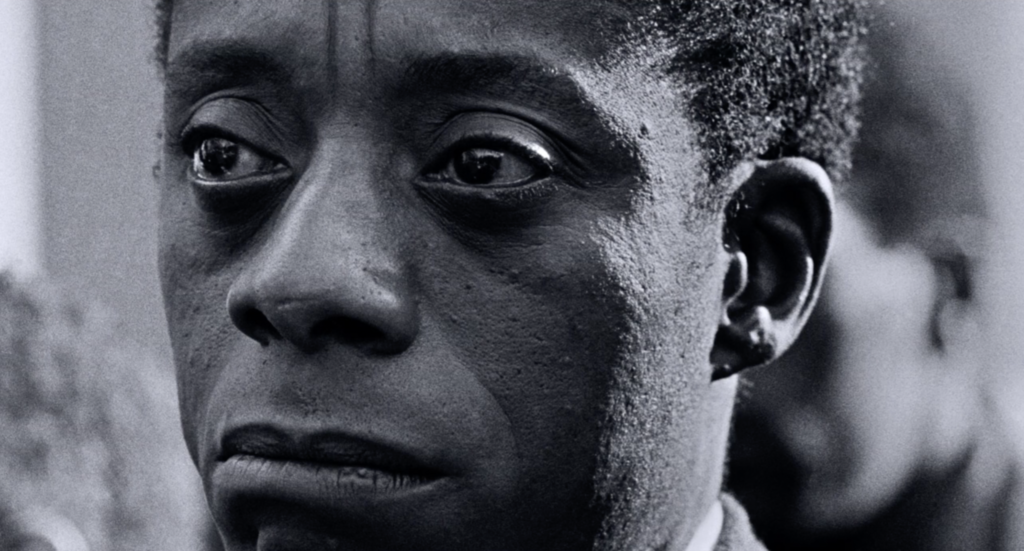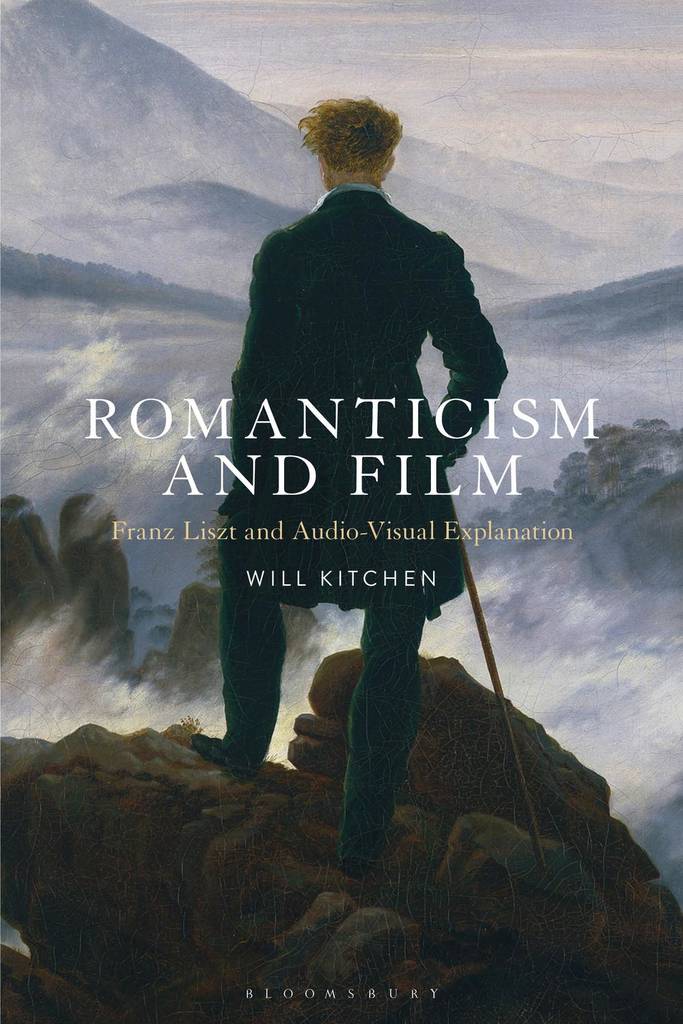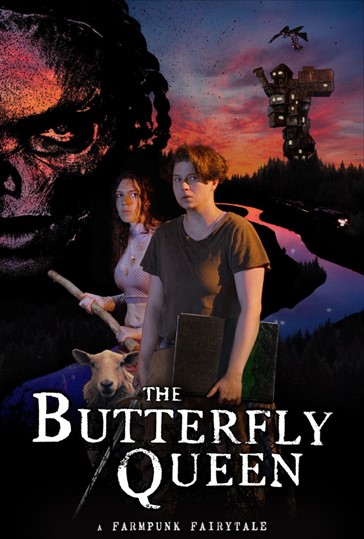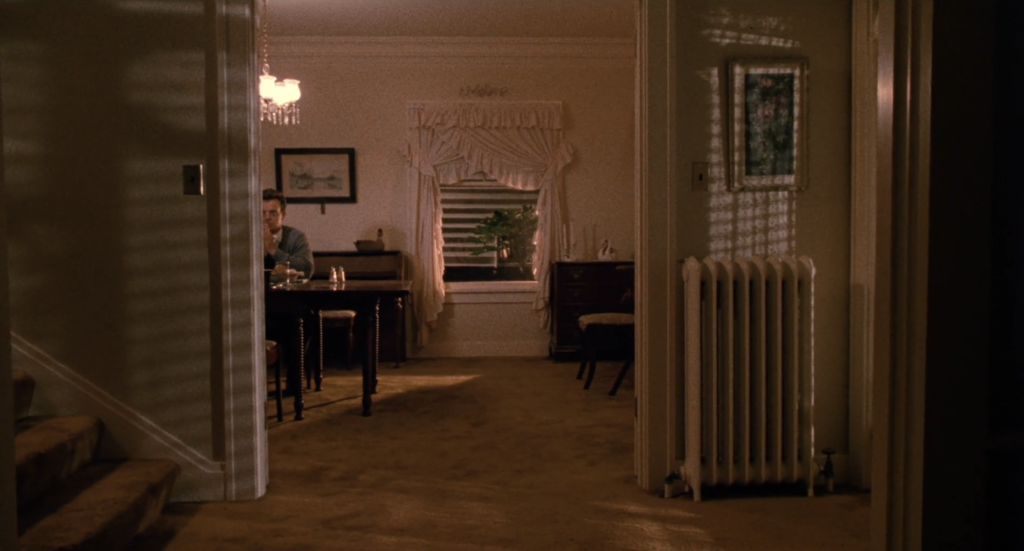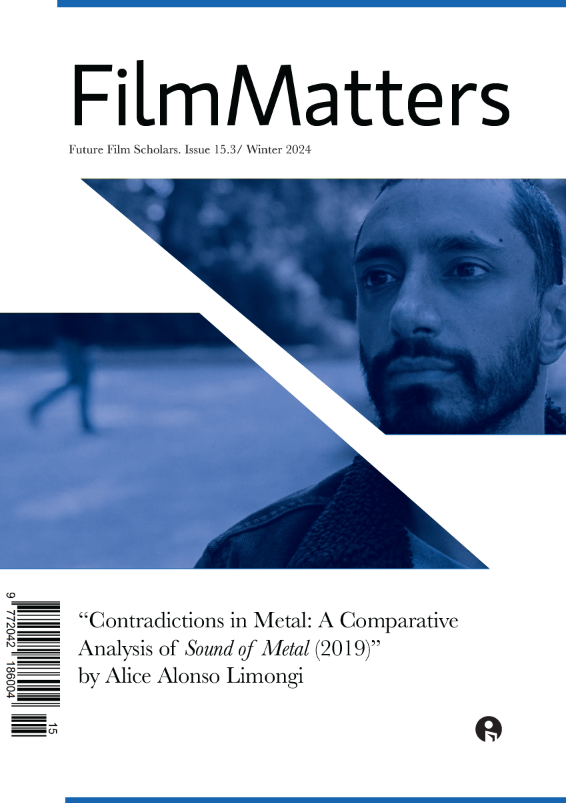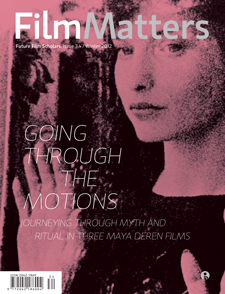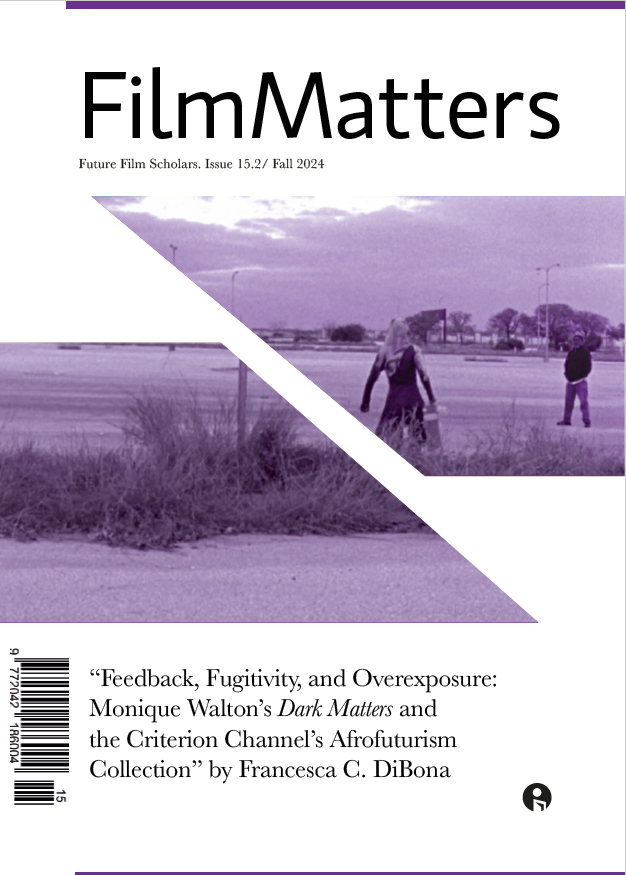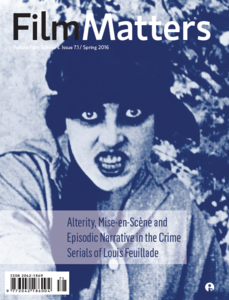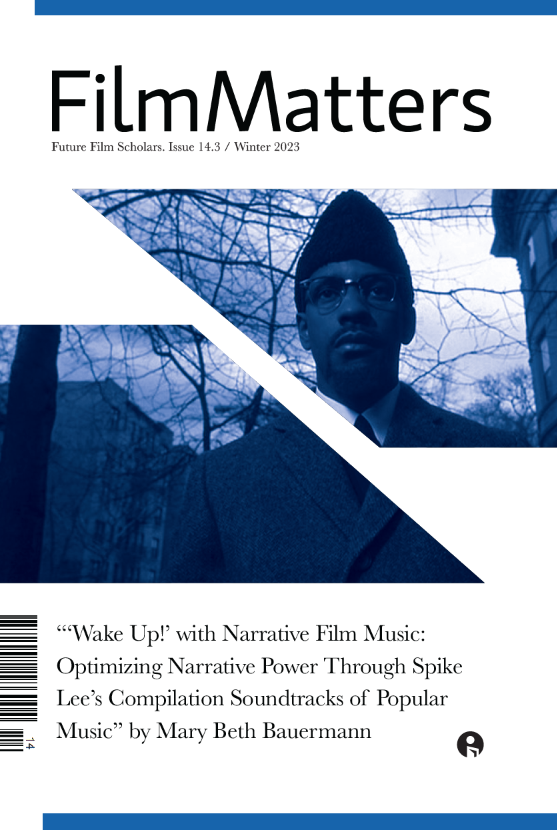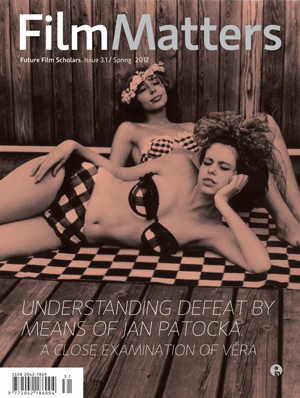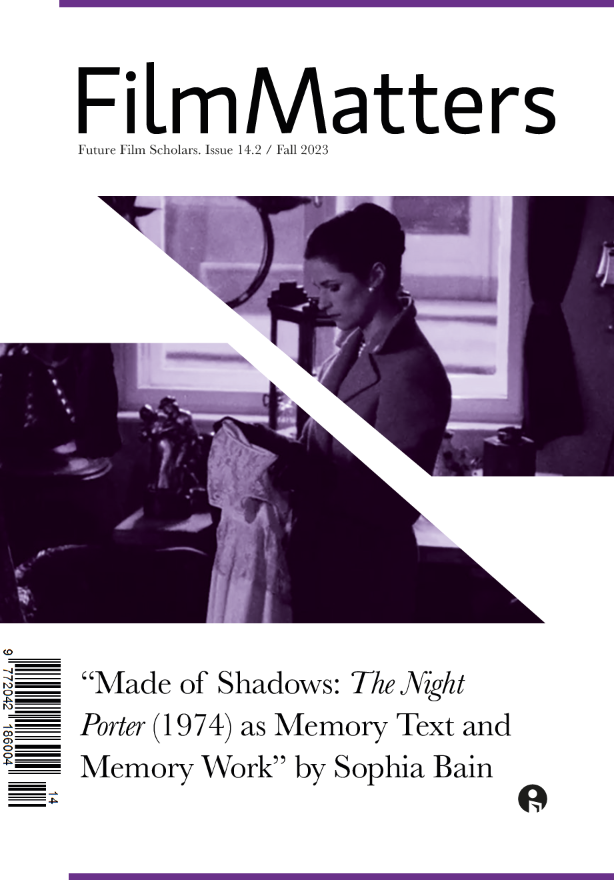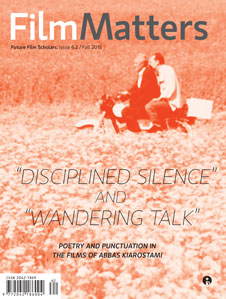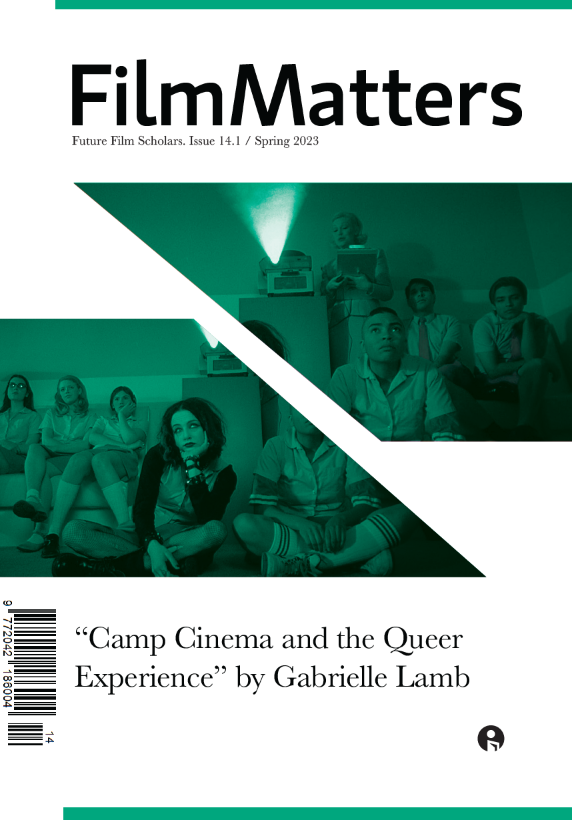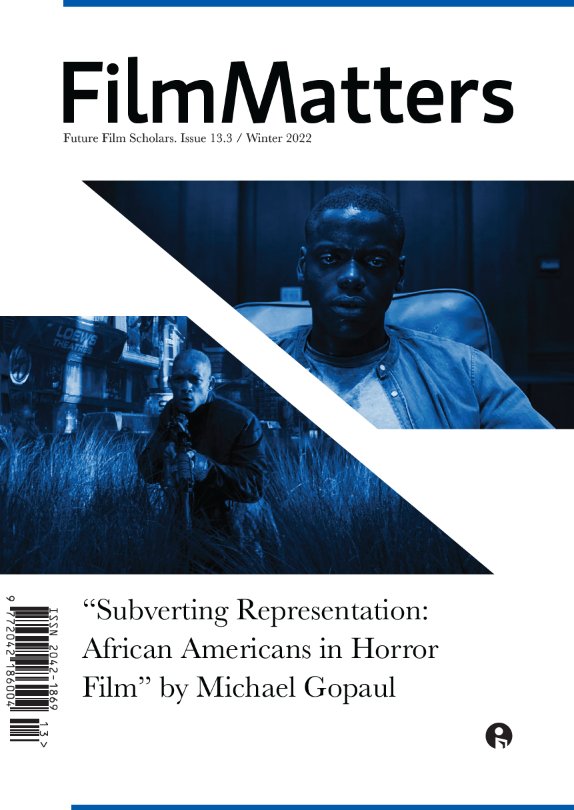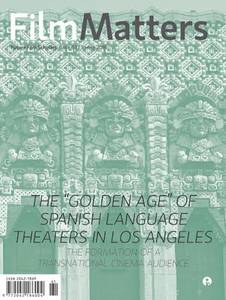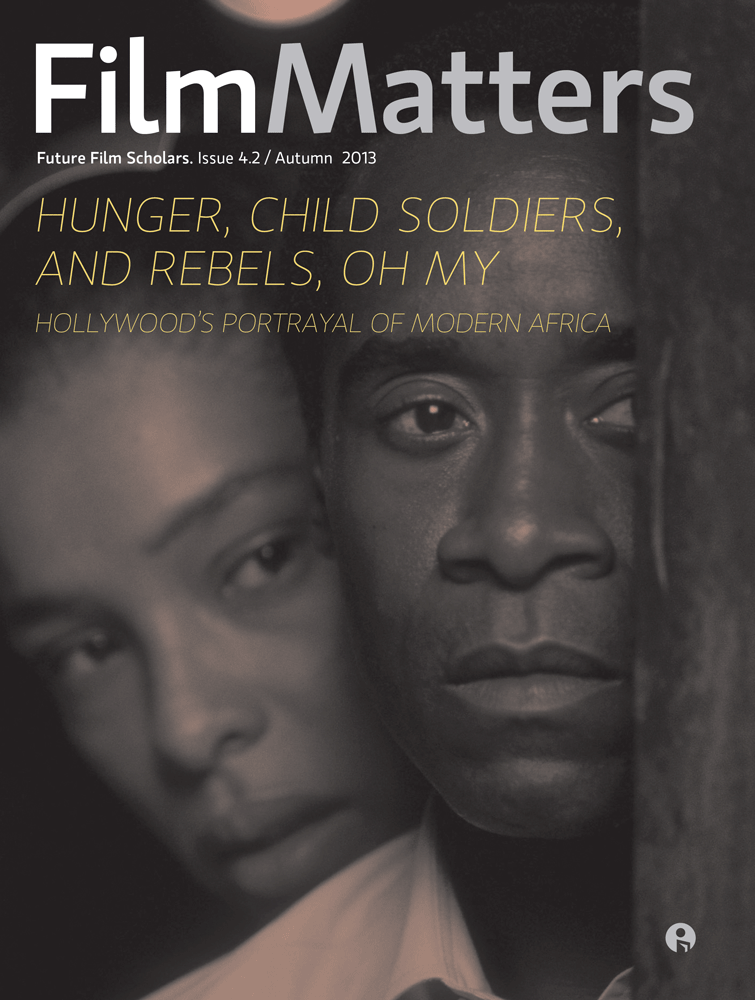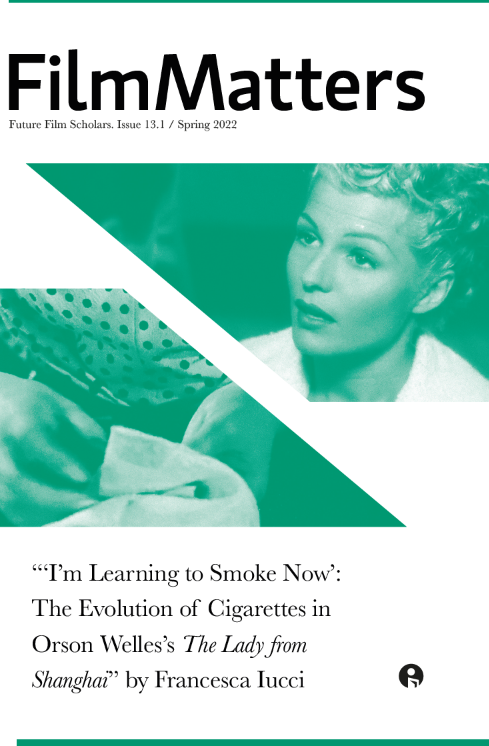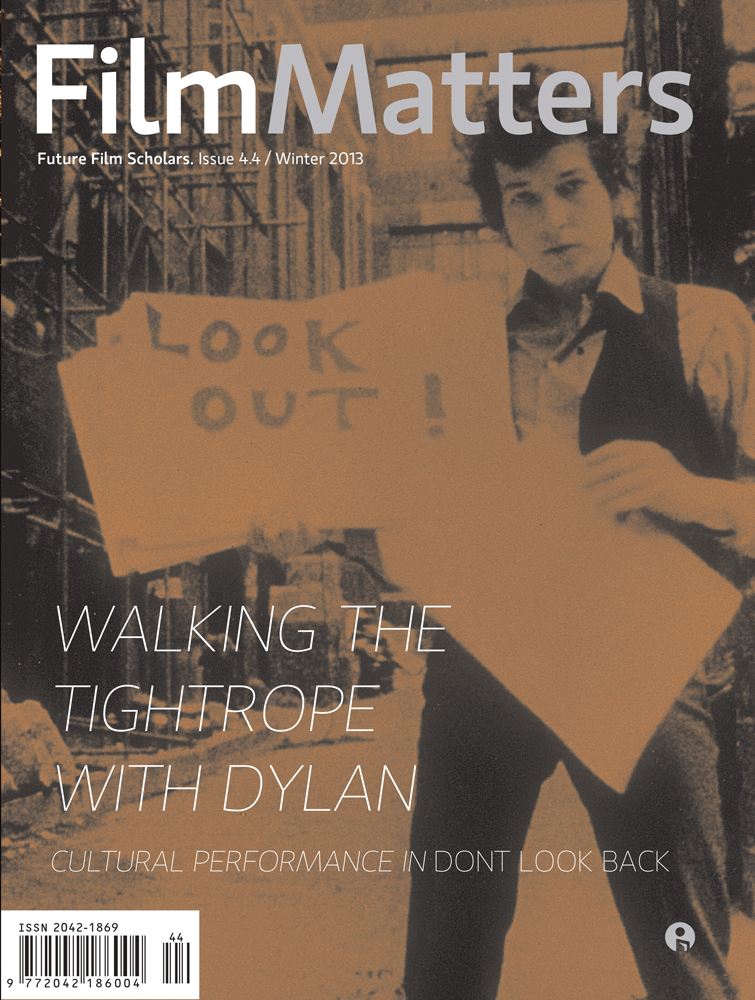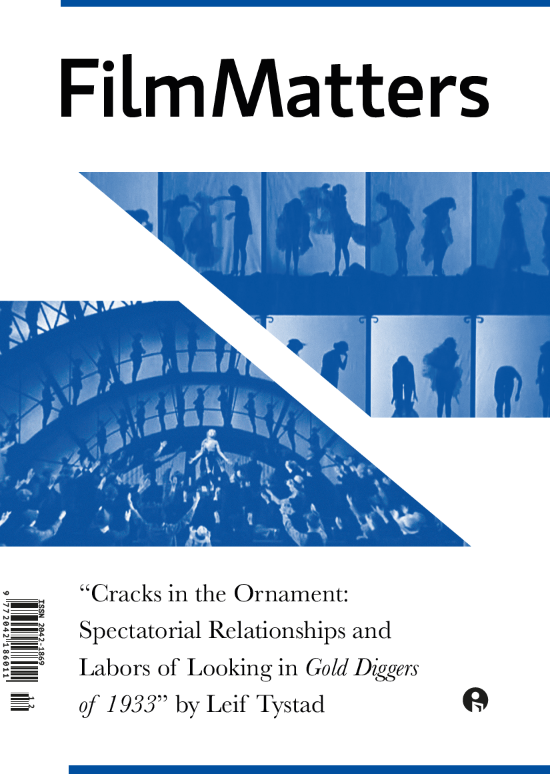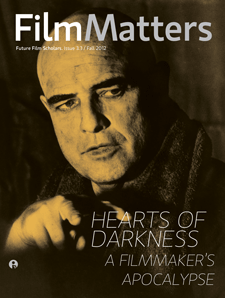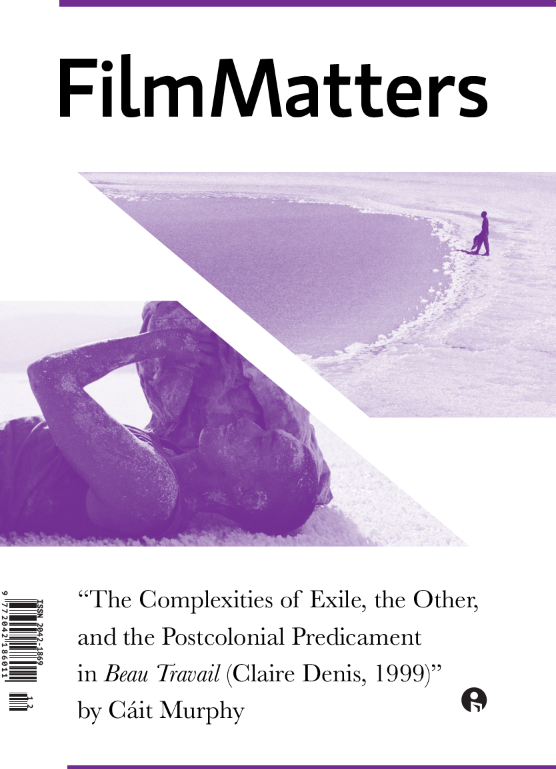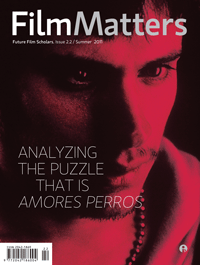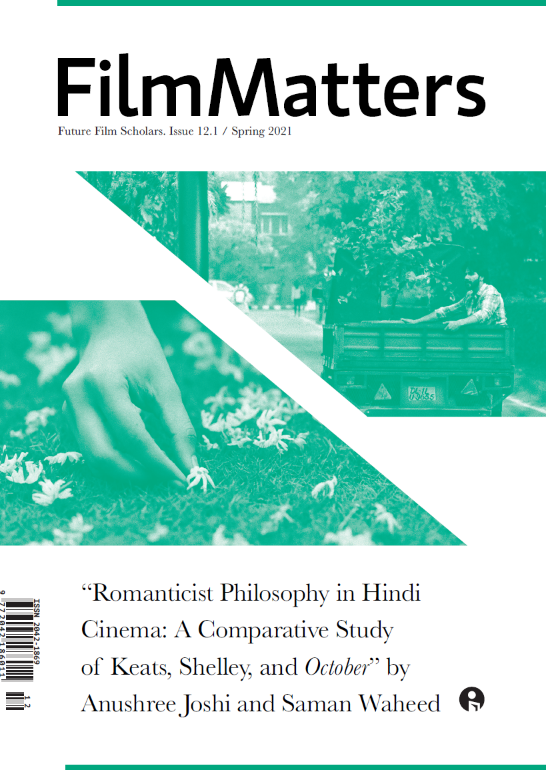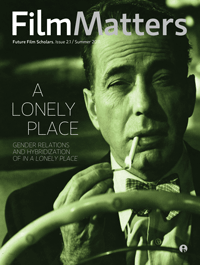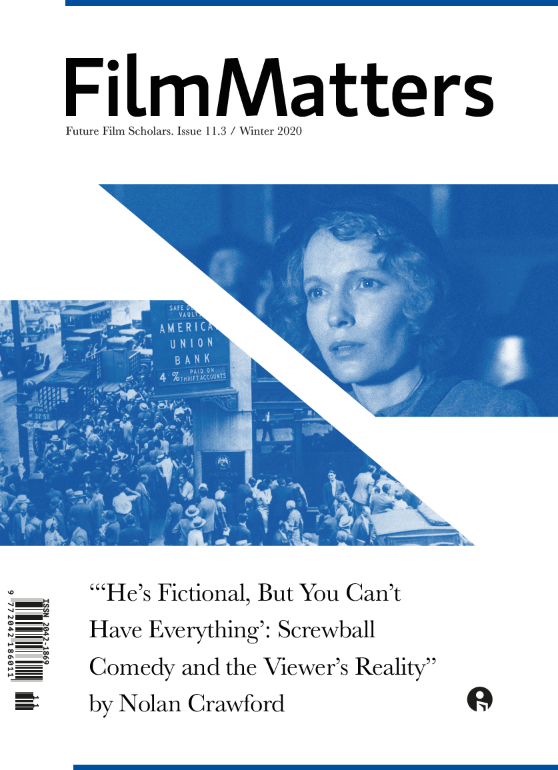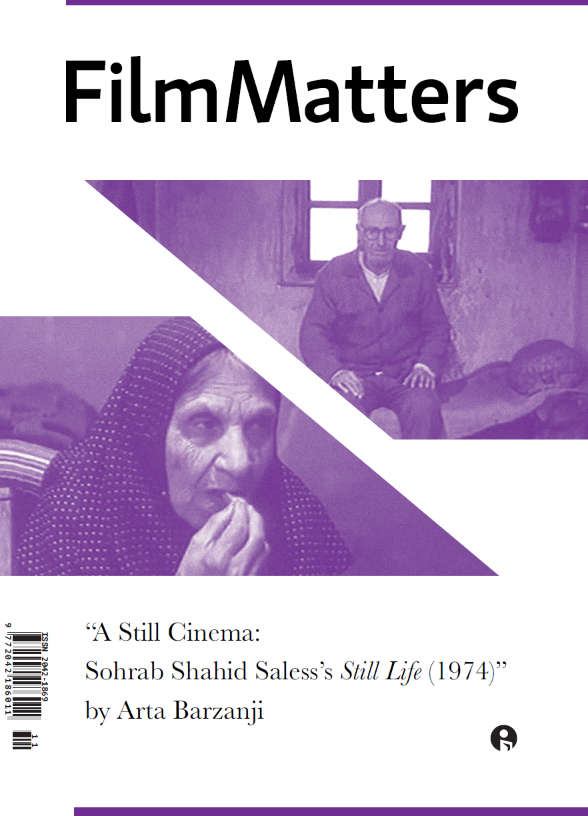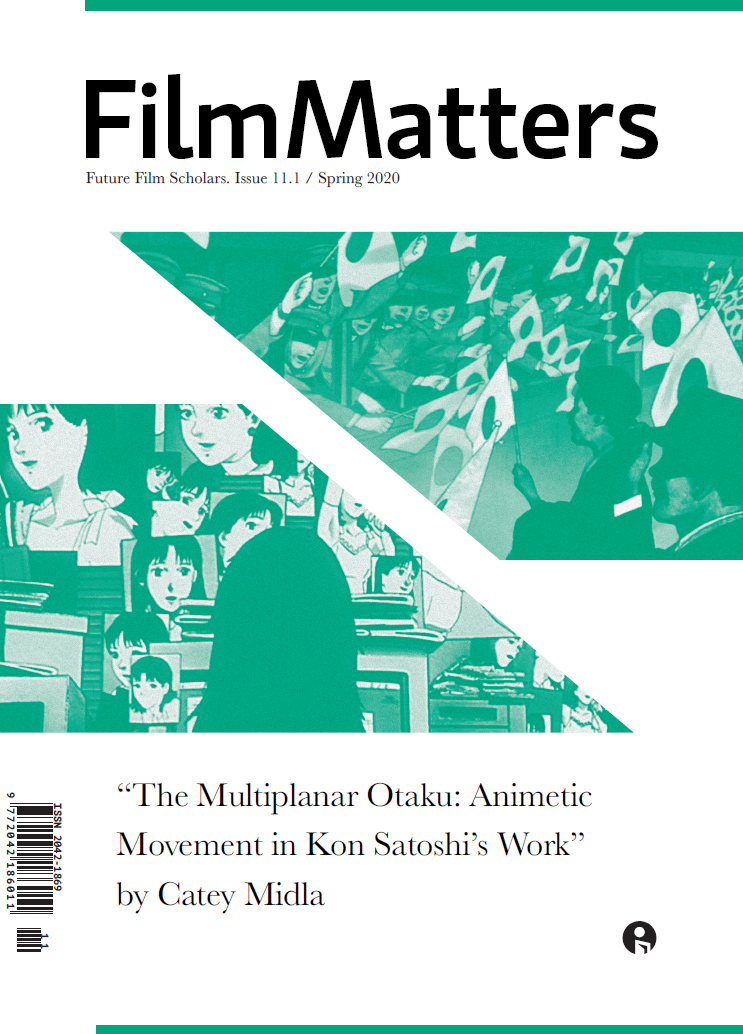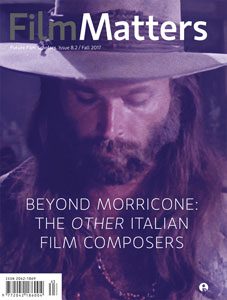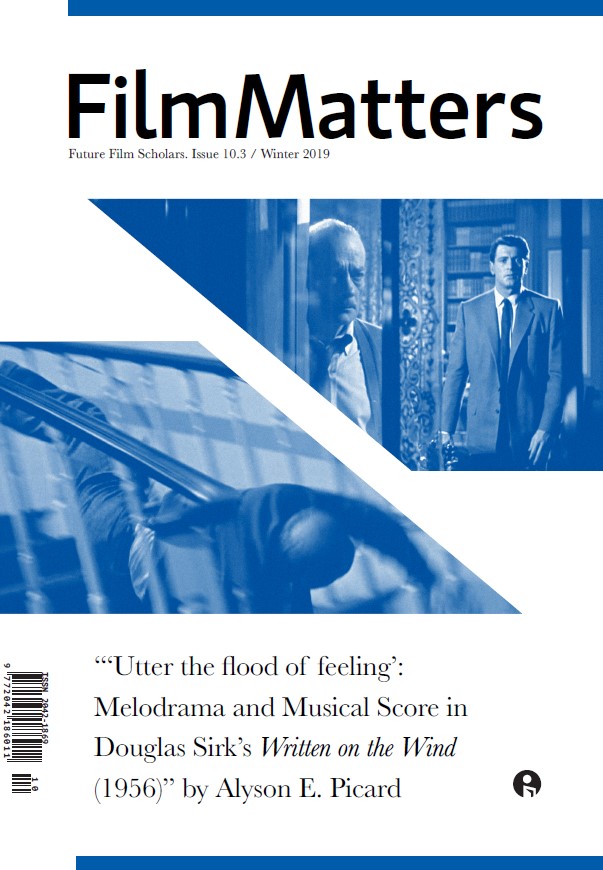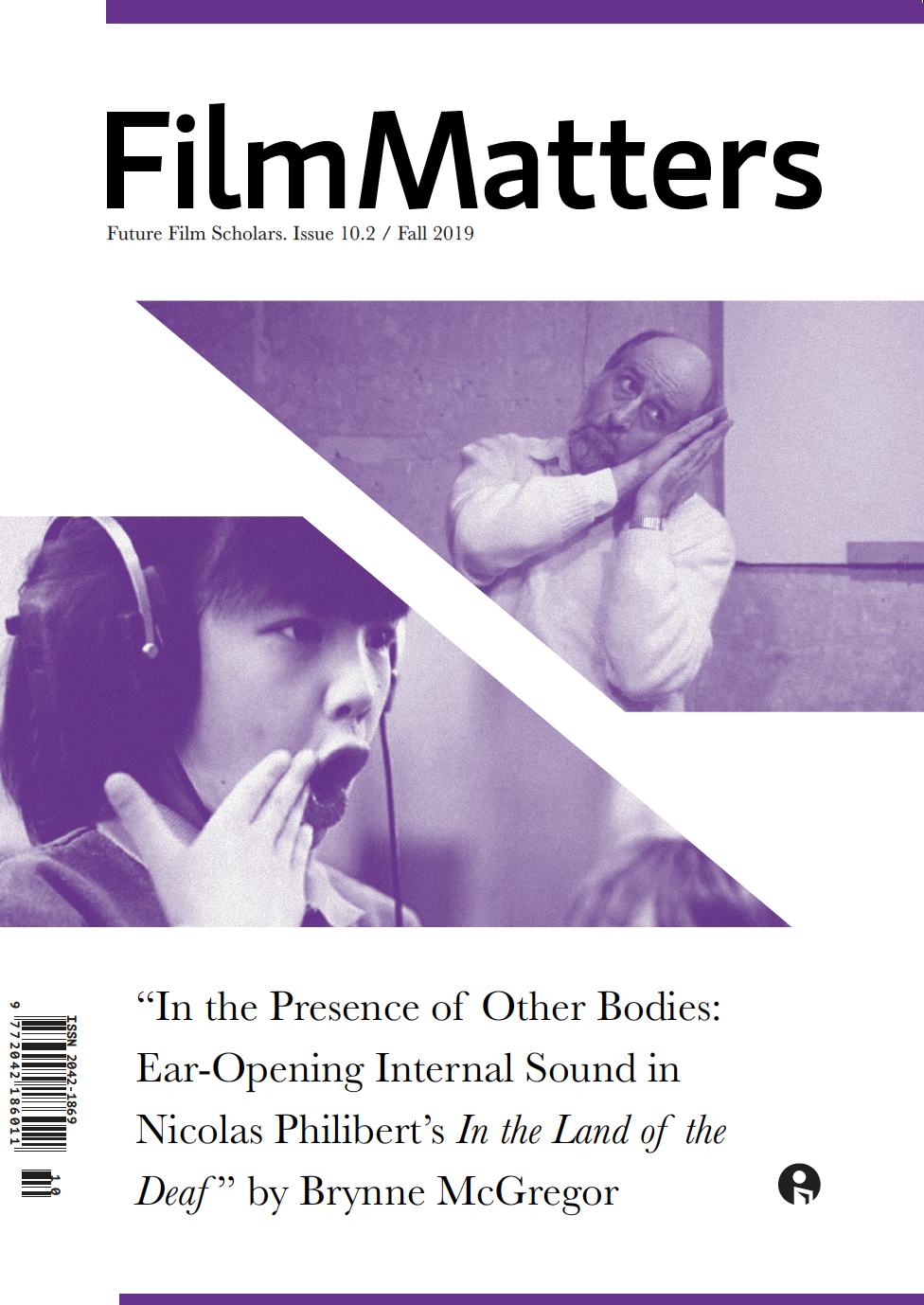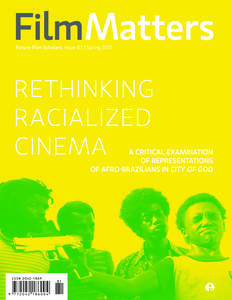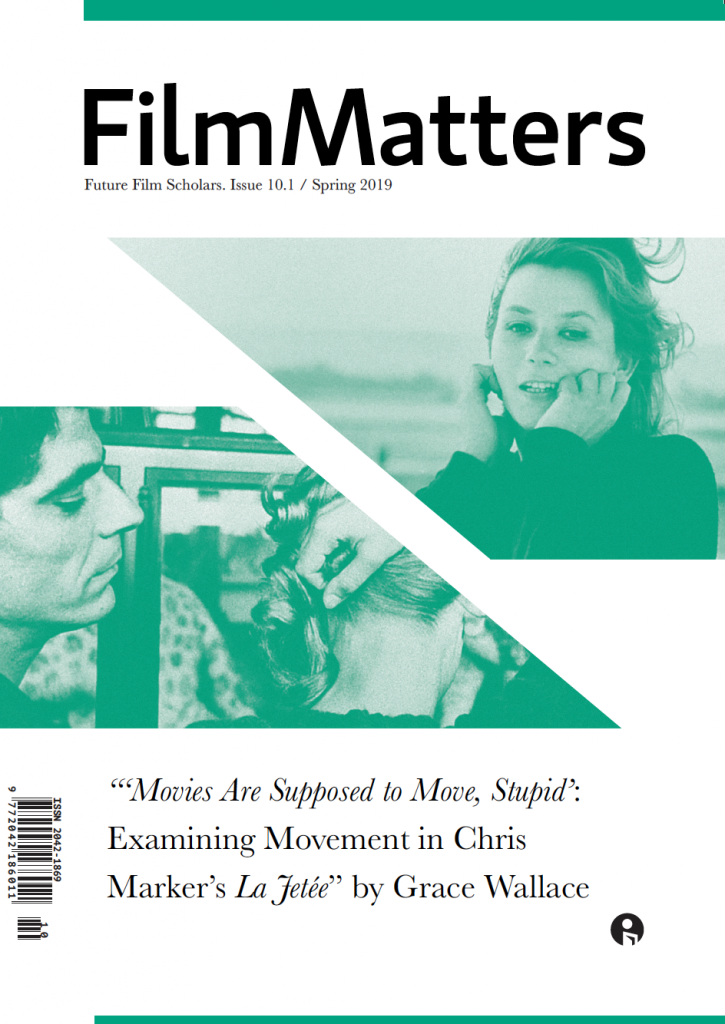Judging has begun for the 2023 Masoud Yazdani Award for Excellence in Undergraduate Film Scholarship. Articles under consideration are from the following notable institutions of higher education:
- Broward College
- Chapman University (4)
- Indraprastha College for Women, University of Delhi
- Kalamazoo College
- Keene State College
- The Ohio State University (3)
- Queen Mary University of London (2)
- Queen’s University
- Rhode Island College
- University of Delhi/Jadavpur University
- University of Hong Kong
- University of Michigan
- University of Toronto (2)
- The University of Warwick
- University of York
- Wesleyan University
- Wilfrid Laurier University
And, of course, none of this would be possible without the tireless efforts of our judges:
Lexi Collinsworth, a master’s student in Film Studies at the University of North Carolina Wilmington, treads the delicate intersection of dance and cinema. In addition to her academic pursuits, she founded “Dance on Film” at UNCW, offering guidance to undergraduates while fostering an appreciation for interdisciplinary art. Beyond the academic sphere, Lexi runs a photography business known as “The Reel Shot,” specializing in portrait photography. This November, a collaborative effort materialized in the form of her codirected short dance film, Reflections in Motion, premiering at the Cucalorus Film Festival. Lexi remains dedicated to pushing boundaries, aspiring to weave genuine, unassuming stories within the tapestry of contemporary cinema.
Hannah Davenport is an aspiring film scholar currently located in Wilmington, North Carolina, where she attends the University of North Carolina Wilmington as a Film Studies graduate student. Her academic interests include regional American cinema and ideological film criticism, as well as aesthetics and phenomenology. Outside of class she spends her time reading and watching “bad” movies.
Dason Fuller is a graduate student pursuing his MA in Film Studies at the University of North Carolina Wilmington. He received his BA in Film Studies in the summer of 2023, and has two upcoming published pieces appearing in Film Matters in the spring of 2024. After achieving his MA, Dason is interested in pursuing academic writing and teaching.
Clayton Sapp is a master’s in Film Studies student at the University of North Carolina Wilmington. His research primarily focuses on masculinity and romance in popular Hindi cinema. When he is not engaged with his research, he can be found volunteering at local nonprofit film organizations, or at a coffee shop grading papers for the class he assists in teaching.
We are planning on an early 2023 announcement. So please watch this space!
Happy holidays!

